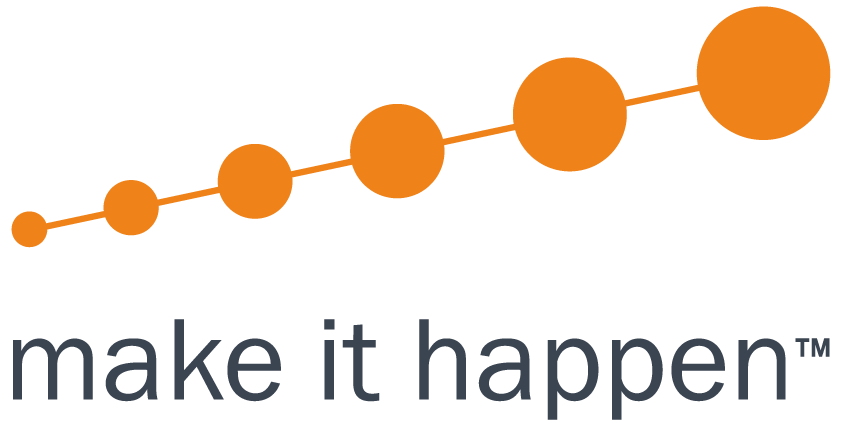In the past two NFP blogs, we’ve looked at how to conduct a visual brand audit and construct a cohesive brand identity to help you survive and thrive in the changing NDIS funding environment. It’s now time to review what messages you’re going to put out and when.
Getting your messaging right is what will keep your organisation front of mind when it comes to being selected as a service supplier. It’s also an effective way of cutting through donor fatigue. Below is a three-step model to help you get selected more often.
1. Become an authority in your field
Whether your market is a single rural region or the entire country, it’s important that people recognise your NFP as an authority in your field or region. Initiating contact with medical, education, government and volunteer groups that are involved in your field is vital. Getting stories out to the media, participating in talks, conferences and fund raising events will help. The more you put yourself out there, the more you will be asked to participate.
Once people recognise you as an authority and vocal supporter of your cause, they’ll turn to you. You’ll have become THE ‘go to’ organisation for services and information before you know it. The minimum you need is a blog on your website, a Facebook page and Twitter account to get your messages out there.
Become a news hub.
Share information. When any new research, government announcement or other issue arises, tell people about it and comment on it. Use all the media you can and have links to the news item, preferably that direct to your website. Use a blog and press release for longer comments and to talk about your solutions.
Create your own news. It could be a local story, service user profile, factsheet or piece of research you release. If you’re doing a study on services/needs in your area or conducting scientific research, announce the results, how they impact people and what your organisation’s next steps are. Remember that people respond to good news as well as bad. They like to see their money making a difference – and that you’re busy initiating things.
Recruit ambassadors. Ambassadors don’t have to be super-famous. They do need to be respected by your target communities and attract interest when they say something. Service users and volunteers can make great ambassadors.
You also need to work out a marketing strategy using the ambassador that he/she agrees to.
2. Give people solutions and benefits
Now that you’ve established your NFP as an authority, it’s time to demonstrate that you’re also exactly what people are looking for. Users and donors alike will want to know what you do and how well you do it.
Provide details about your services, your expertise and your staff. People will do their own research before they contact you, so make sure your website, Facebook page and brochures describe what makes you great at what you do. If there are stories about your staff’s relationships with particular clients or services, all the better. These are very direct ways of showing what you do successfully and can be used across most of your collateral.
Talk about issues from the end-user’s point of view. Describe problems or issues potential users face and the solutions and benefits your services provide for them.
Leave behind collateral. It could be a pamphlet about what you do, a factsheet to download from your website or an annual report emailed to a government body. The bottom line is to leave something that is relevant to the target’s interest in you.
Use testimonials. People telling their own stories are inspiring and, most importantly, motivating. They validate what you do. Collect and use them!
3. Make choosing you easy
Once you have supplied potential service users or donors with convincing information about what you do, the next step is to get them to commit to using you.
Make this process as quick and easy as possible. If you know of any common stumbling blocks, this is where you can help remove.
Automate processes as much as possible. Applying/donating online or printing off a form and sending it reply paid to you.
Keep steps simple. The more you ask people to do, the more opportunities they have to opt out. Try to minimise page clicks and make sure that partially filled-in forms can be saved for completion later. Applications should be easy to find, and send a reminder email or SMS about completing them.
Have help available. Ensure your contact information and any FAQs are easy to find and useful. Also ensure someone replies to emails, phone and social media messages promptly. If someone has a question or doubt about a particular aspect, try and send them information that will allay their concerns. It could be a link to a page of your website or a NDIS site, or a brochure or pamphlet that you can send or email. If the stumbling block involves another service, say medical, education, or social welfare, help them with all contacts and information you can. Don’t forget that you are an authority!
Leave information and forms where service users and donors will find them. Government offices, doctor’s surgeries, schools, fund raising events, community centres and clubs. Make it easy for people to recommended you by leaving brochures and pamphlets at service hubs – and let staff at those hubs know where they are.
Putting your communication and marketing strategy together
Organising a successful communication strategy takes planning and commitment. Although it doesn’t have to be expensive or complicated, it is vital to your marketing success. Make It Happen specialises in helping theNFP sector put together complete marketing strategies. If you’d like help with any aspect of yours, then give Gail a call on 02 9375 2128 or email info@mih.com.au
Coming up next
In our next NFP marketing blog post, we’ll look at what to prioritise in your strategy when money is tight. Breaking things down into achievable and effective modules is key.

